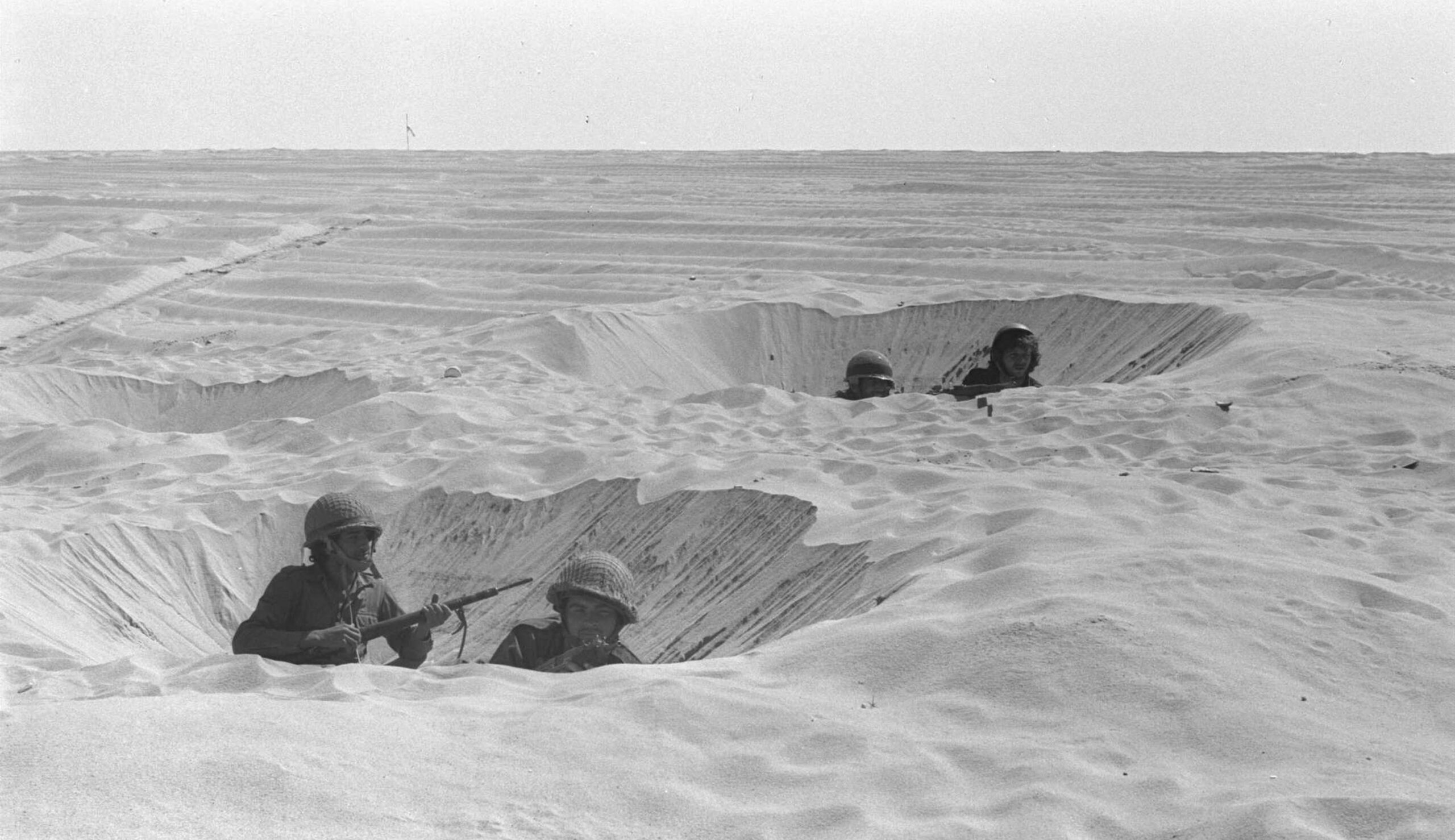The novel Pollak’s Arm, by Hans von Trotha, is based on the real story of a Jewish art expert named Ludwig Pollak. In his review, Ari Hoffman writes:
Translated from German by Elisabeth Lauffer, Pollak’s Arm is a love letter to art and an indictment of the barbarism that all the beauty in the world was powerless to stop. It centers on a conversation between Ludwig Pollak and a German narrator tasked with ushering him to safety.
An archaeologist, art dealer, and director of the Museo Barracco di Scultura Antica [in Rome], Pollak was born in Prague and died in Auschwitz. In 1906 he discovered the long-lost right arm of Laocoön and His Sons, one of the most extraordinary statues of the ancient world.
Pollak’s Arm translates this historical material into fiction by imagining two conversations. The first is between the narrator, known only as “K.,” and an unnamed monsignor in the Vatican about an earlier conversation K. had with Pollak in the latter’s apartment, urging the art dealer to take the Roman Curia up on its offer of refuge for him and his family in the face of an imminent roundup of Jews by the SS.
While K. urges Pollak to rouse his family and flee behind the high walls of the Vatican, Pollak refuses to leave. Instead, he embarks on a string of disquisitions on Jewish and European history and the beautiful things that they made together and apart. . . . We don’t know why Pollak refused the offer of sanctuary. It could be because he saw clearly that a Rome in the process of answering the Jewish question had already betrayed everything on which Ludwig Pollak had staked his life.
More about: Art, Holocaust, Literature, Western civilization


